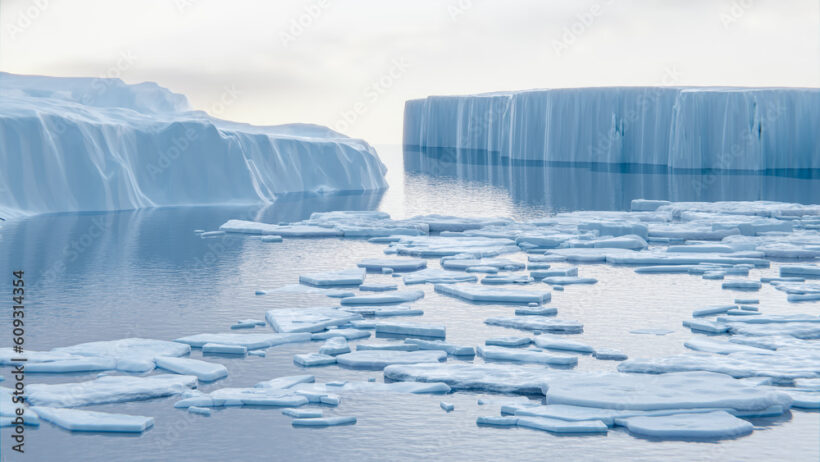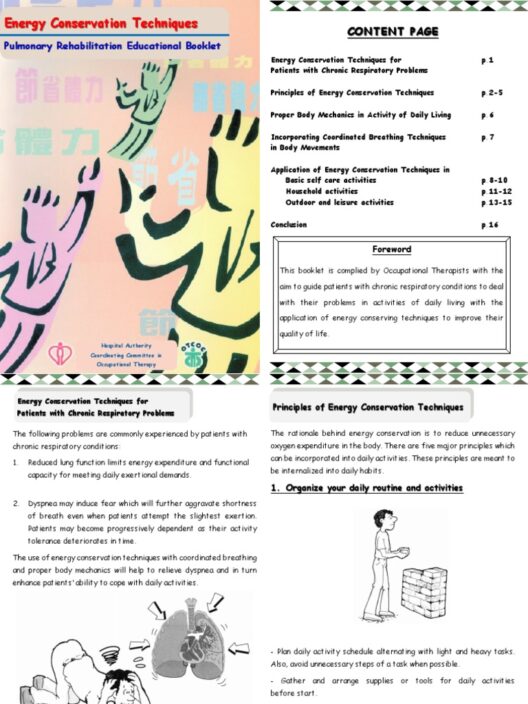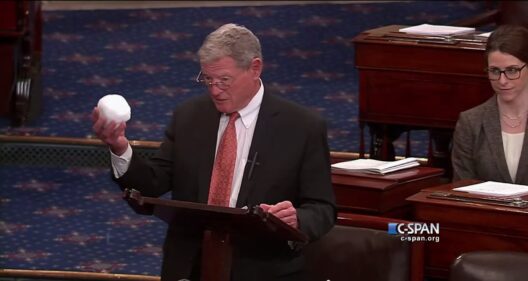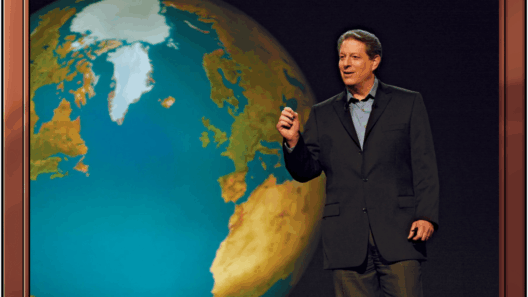Snow, that gentle blanket of white that cloaks our winter landscapes, embodies a paradox: it is both a harbinger of warmth and a stark reminder of climate change. As the temperature rises, snow and ice, formerly steadfast symbols of winter, begin to yield to the relentless march of heat. This dichotomy of melting ice accelerating warming presents a complex web of environmental consequences that warrants a closer examination.
At first glance, snow appears as an immutable presence, a peaceful tableau that signifies the serenity of winter. However, beneath this tranquil facade lies a dynamic interplay of environmental forces. Snow cover plays a pivotal role in the Earth’s climate system. It reflects sunlight back into the atmosphere, thereby helping to regulate temperatures. This vast, white expanse possesses a high albedo, a term that refers to the reflectivity of a surface. The higher the albedo, the greater the sunlight reflection, which, in turn, mitigates warming.
As temperatures rise due to climate change, the phenomenon of snow melt becomes increasingly pronounced. The very ice and snow that once helped shield the Earth from the sun’s warming rays are now contributing to a vicious cycle of heat retention. When snow melts, darker surfaces—such as soil, rock, or water—are exposed. These darker surfaces possess a lower albedo and thus absorb more sunlight, exacerbating warming.
This paradox is starkly illustrated in the Arctic. The once-thick ice sheets that have graced the polar region for millennia are now fragmented and dwindling. These ice sheets serve not only as a critical habitat for polar bears and seals but also as global climate regulators. Their melting releases vast amounts of trapped greenhouse gases, further amplifying the greenhouse effect and accelerating global warming.
The process can be likened to a runaway freight train, gaining momentum as it speeds downhill. As ice sheets diminish, they release previously locked carbon and methane into the atmosphere. This release not only contributes to accelerated warming but also leads to more extensive ice melt in a self-perpetuating cycle. The increasing amount of greenhouse gases intensifies atmospheric warming, which in turn contributes to the ongoing decline of polar ice. It is a haunting feedback loop that embodies the delicate balance of our planet’s ecosystems.
Beyond the Arctic, the implications of melting ice are felt worldwide. Glaciers, the majestic rivers of ice that feed into our oceans and rivers, are retreating at an alarming rate. This loss is not merely a visual spectacle; it has profound impacts on freshwater availability for millions. In regions dependent on glacial meltwater for irrigation and drinking water, reduced flow can spell disaster. As these glaciers recede, communities face an impending water crisis, a stark reminder of how interconnected our climate systems truly are.
Moreover, the melting of ice contributes to rising sea levels, a phenomenon that threatens coastal communities across the globe. As ice melts and flows into the oceans, the delicate equilibrium of terrestrial and aquatic environments is disrupted. Cities like Miami and New Orleans, once considered safe havens, are now grappling with more frequent flooding and the specter of relocation. Entire island nations face the heartbreaking prospect of disappearing beneath the waves, a poignant testament to the immediate and far-reaching effects of climate change.
In addition to environmental and societal ramifications, the melting of ice also reveals the inherent beauty and fragility of nature. A once-hidden underwater world, the seafloor’s contours and ecosystems are becoming exposed. As marine life adapts to changing temperatures and altered habitats, the rich tapestry of biodiversity faces the potential for contraction or collapse. Communities built around these delicate ecosystems may struggle to survive, facing ecological and economic uncertainties.
The melting of ice is not solely an environmental issue; it is deeply intertwined with social justice. Vulnerable populations—indigenous peoples, coastal communities, and others—often bear the brunt of climate impacts. These groups, who historically contribute the least to greenhouse gas emissions, find themselves on the frontline of climate change, facing displacement, loss of cultural heritage, and erosion of livelihoods.
While the challenges presented by melting ice and rising temperatures appear daunting, they also galvanize action. Global climate initiatives increasingly spotlight the need for renewable energy, sustainable practices, and conservation efforts. Each melting glacier and warming winter serves as a clarion call to humanity: we must alter our course. Renewable energy sources—such as solar, wind, and hydropower—hold promise. Implementing technological innovations, urban planning strategies, and sustainable agricultural practices can help mitigate our impact on climate.
It is vital for society to re-engage with nature, fostering a symbiotic relationship that promotes coexistence and respect for the intricate systems in place. Every small action counts. From conserving water to reducing waste, individuals can contribute to a collective movement towards sustainability. Education and advocacy play pivotal roles in raising awareness and inspiring positive change, mobilizing communities to challenge the status quo.
The paradox of melting ice that accelerates heat serves as a reminder of our shared responsibility to protect our planet. The gentle snowfall that blankets our world encapsulates both beauty and fragility, urging us to act before it is too late. To navigate this precarious landscape, humanity must cultivate a commitment to ecological balance, recognizing that our fates are inextricably linked to the health of the environment. In facing the challenge of climate change, we must summon the essence of resilience and creativity to forge a sustainable future.








